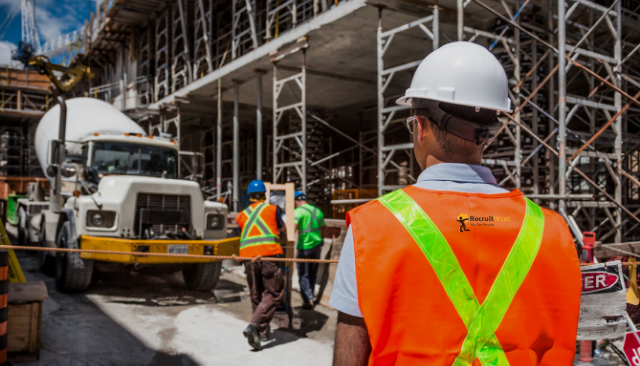Working at heights poses numerous dangers, and is responsible for many serious and fatal injuries every year. In WA, many workers are exposed to heights every day, whether working from ladders, scaffolds and platforms, on roofs, over tanks and pits, or on vehicles or trailers.
According to Safe Work Australia, as of 6 September, there have been 92 Australian workers killed at work in 2018. In 2017, the preliminary data show there were 187 Australian workers killed at work, compared with 182 workers in 2016.
It is also a proven fact that anyone who falls from a height of two metres or more, is likely to sustain a serious injury. Of course, the most effective way to protect workers from the risk of falling is to eliminate the need to work at heights. And in addition to the risk of workers falling, there is always the danger the objects they are using fall onto the people below. These accidents are extremely prevalent if the right precautions are not taken. Accidents at heights can occur for many reasons, including inadequate edge protection, unsafe rope harnessing, or poorly secured objects or equipment.
Examples of trades where these sorts of mishaps are most likely to occur are:
• painters
• scaffolders
• aircon/solar installers
• tree loppers
• maintenance workers
• roof plumbers
• carpenters
• electricians and
• window cleaners.
Unfortunately, falls and other accidents can also happen when unqualified people (including homeowners), undertake one-off jobs without the proper training, planning or equipment.
Reducing the risks
Fortunately, there are many ways to help minimise the risks when working at heights. These include:
1. Carrying out a risk assessment before any working at heights is undertaken. This assessment should highlight any measures needed to ensure people are not at risk of falling from the height
2. Identifying any hazards that might be associated with falls from heights around the workplace. This includes establishing where people are required to be working and whether they need ladders, platforms, scaffolds; or are on unprotected or fragile roofs
3. Deciding who might be harmed and how that could occur. For example, if the worksite is roof-based, are there any trip hazards such as flashing or other roof dangers to consider?
4. Are there any visitors to the workplace, and could they be at risk? Always consider the safety of any visitors to the site
5. Are measures already in place to deal with the risks? It may also pay to look at any areas with unguarded openings, or without guardrails and covers. Are regular inspections carried out?
6. If you have five or more employees, always record the findings of your risk assessment
7. Regularly review the assessment. If any significant changes have taken place, ensure the precautions are still adequate to deal with the risks.
It is also important to consider the safety and durability of any equipment being used when working at heights. For example, if you are a scaffolder, it is essential the scaffold towers are erected by a competent person. As a guide, they should have a ‘height to base’ dimension ratio not exceeding ‘3 to 1’ indoors, or ‘2.5 to 1’ outdoors. The tower should also have the necessary stabilisers in place to meet the correct height to base ratio, and use ‘outriggers’ or other stabilisers if above 2.5 m high. Remember that all scaffolds should have their casters firmly locked before use, with ladder access to the working platform. And finally, scaffolds should never be moved while the tower is occupied, and be regularly inspected and maintained.
When using other forms of safety equipment at heights, such as lines, harnesses and nets, the same levels of safety precautions should also be taken. These forms of equipment should also only be used and erected by trained operatives and tested and inspected regularly.
Road transport safety
Another area to consider when working at heights regards workers in the road transport industry. Some tips for keeping your vehicle safe include:
• Carry out pre-use checks on your vehicle. For example, check any steps or handholds are in good condition to prevent falls
• Report broken boards and any other objects that could cause a fall
• Keep the load area tidy, and pick up any loose ropes or packaging
• Never jump down from the vehicle, as this can damage your knees and cause you to fall
• Always use steps and handholds, where provided
• Take your time when alighting from the vehicle.
Finally, when working at heights, workers should always ensure they wear well-fitting, slip-resistant, safety footwear. They should also be fully trained in the company’s safety procedures, and remember to follow them closely.


